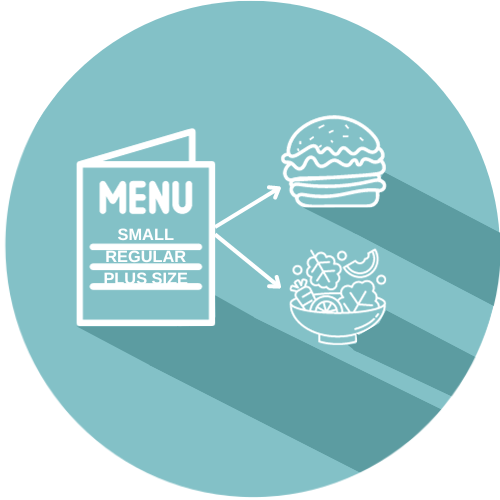Taste is taste, isn't it? Well, not quite! What if I told you that the color, shape, and packaging of a product can significantly alter the way we perceive its flavor?
Imagine this: a vibrant, red soda can with a sleek, modern design. Your taste buds anticipate a bold and exciting, perhaps cherry-flavored experience. Now, picture that same drink in a plain, unadorned can. Suddenly, your expectations shift, and the taste seems more muted, subtle, or even unexpected. In this blog, we will uncover the secrets of how our senses collaborate with design, presentation, and surroundings to shape the way we taste things. Get ready to discover how the look and feel of a product can play a tantalizing role in the delightful dance of flavors on your palate.
Posted in Research, Archive
published on Tuesday, 24 October 2023
Consumer psychologists and neuromarketing researchers try to disentangle what makes a product stand out on a shelf. With eye tracking, we can now measure even the most subtle attentional effects.
The major factor driving attention is hardly surprising: shelf position. For example, eye tracking studies reveal that areas slightly below eye level vertically, and in the middle of a shelf segment horizontally, constitute premium shelf real estate that demand more shopper eye balls and higher conversion rates.
Interestingly, attention is not only determined by shelf position, but on a more subtle level also by the neighboring products. For example, a product that’s placed right next to the market leader tends to benefit greatly from attentional spillover. It simply has a higher chance of being discovered and therefore to end up in the customer’s shopping basket.
Posted in Archive, Conversion
published on Tuesday, 10 October 2023
Do you usually go for a “fat burger”, “super-size burger” or a “thin cookie”? These kind of labels push us to make mental associations with human body shapes and types, triggering our emotions and the way we perceive and evaluate the food we consume. A “thin cookie” implicitly suggests a small portion and lower calorie content perfect for those who work out or watch their figure. A “fat burger” caters to hedonistic needs and might appeal to people getting a kick from larger, more satisfying portions. These very words play on self-image and fitting social expectations. As humans, we tend to make choices that gain us acceptance from others we identify with and demonstrate our conformity to established norms (Van de Waal, Borgeaud, and Whiten 2013).
Posted in Archive, Strategy
published on Tuesday, 26 September 2023
Picture this: You’re mindlessly scrolling through your Instagram feed, and there she is – Kylie Jenner, effortlessly flaunting the latest makeup trends. Now, Kylie is not just a reality TV superstar; she's a mega influencer with millions of followers. When you see her sharing her makeup tips and product recommendations, you can't help but feel a sense of wishful identification. You admire her glamorous lifestyle and think, "Maybe I can achieve a touch of that too!" It's like having a front-row seat to the world of luxury. These feelings of identification with Kylie spark a desire to emulate her, and suddenly, those makeup products she's endorsing become must-haves in your beauty routine.
Posted in Archive, Strategy
published on Tuesday, 12 September 2023
Suppose you want to sell a cupboard; how do you determine the price? You will probably compare prices with similar ones and how much the purchase price was. Buyers, in turn, will judge it on external features: how many drawers are there, what material is it made of? Yet often there is a difference in what the seller thinks a product is worth and what the buyer is willing to pay. This is also called the endowment effect (Thaler, 1980).
However, society is becoming increasingly technological, and more (digital) services are offered. Think, for example, of a platform like Amazon, a company specializing in data privacy, or the experience of going to a concert. How are these services evaluated? And more importantly, how big is the seller-buyer gap? Let’s dive in!
Posted in Archive, Strategy
published on Tuesday, 29 August 2023





